This week’s Carnival of Space is hosted by Allen Versfeld at his Urban Astronomer blog.
Click here to read Carnival of Space #643.

Space and astronomy news
This week’s Carnival of Space is hosted by Allen Versfeld at his Urban Astronomer blog.
Click here to read Carnival of Space #643.
Ready for the final ‘Ring of Fire’ solar eclipse of 2019? The final eclipse of the year kicks off this week on Wednesday, early on December 26th the day after Christmas, with an annular solar eclipse spanning the Indian Ocean region from the Middle East to the western Pacific.
Continue reading “Our Guide to the December 26th Annular ‘Ring of Fire’ Eclipse”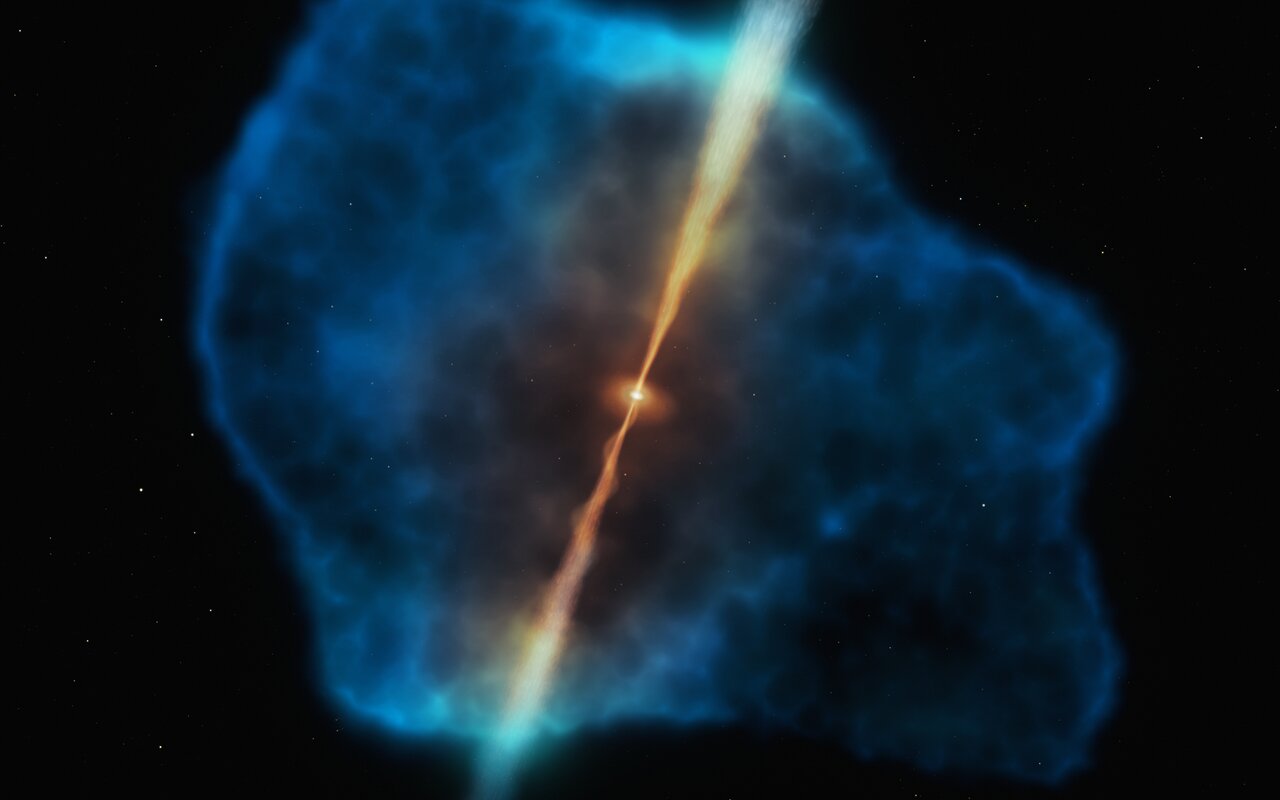
Thanks to the vastly improved capabilities of today’s telescopes, astronomers have been probing deeper into the cosmos and further back in time. In so doing, they have been able to address some long-standing mysteries about how the Universe evolved since the Big Bang. One of these mysteries is how supermassive black holes (SMBHs), which play a crucial role in the evolution of galaxies, formed during the early Universe.
Using the ESO’s Very Large Telescope (VLT) in Chile, an international team of astronomers observed galaxies as they appeared about 1.5 billion years after the Big Bang (ca. 12.5 billion years ago). Surprisingly, they observed large reservoirs of cool hydrogen gas that could have provided a sufficient “food source” for SMBHs. These results could explain how SMBHs grew so fast during the period known as the Cosmic Dawn.
Continue reading “Black Holes Were Already Feasting Just 1.5 Billion Years After the Big Bang”Boeing’s Starliner crew capsule launched successfully, but a mishap prevented it from docking with the ISS. The ship is undamaged and will return and land at its designated location, according to officials. This could delay the planned crewed flight of the Starliner next summer.
Continue reading “Starliner Launches But it Can’t Reach the Station”In the course of conducting solar astronomy, scientists have noticed that periodically, the Sun’s tangled magnetic field lines will snap and then realign. This process is known as magnetic reconnection, where the magnetic topology of a body is rearranged and magnetic energy is converted into kinetic energy, thermal energy, and particle acceleration.
However, while observing the Sun, a team of Indian astronomers recently witnessed something unprecedented – a magnetic reconnection that was triggered by a nearby eruption. This observation has confirmed a decade-old theory about magnetic reconnections and external drivers, and could also lead to a revolution in our understanding of space weather and controlled fusion and plasma experiments.
Continue reading “Astronomers Discovered a New Kind of Explosion That the Sun Can Do”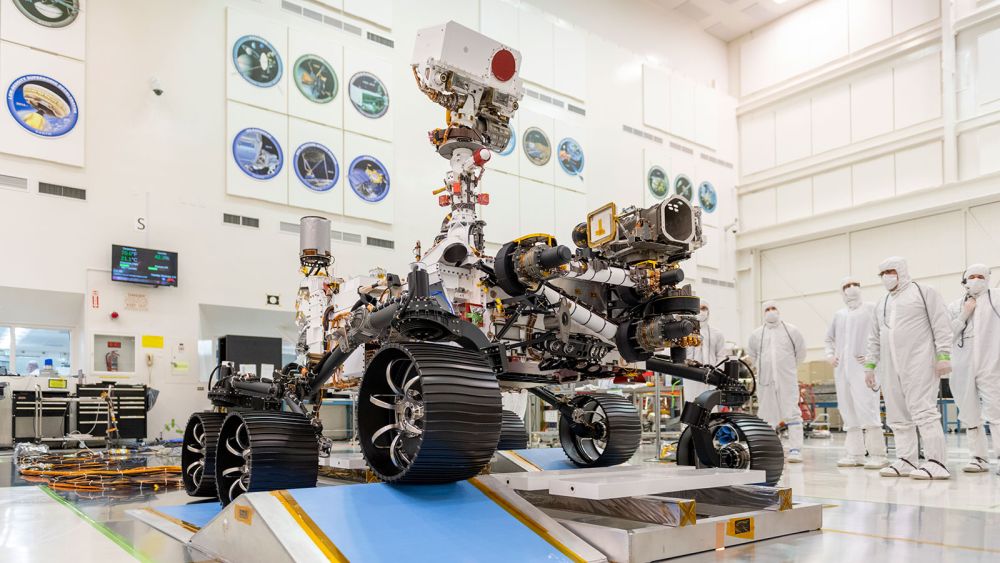
NASA’s Mars 2020 rover has passed its driving test. The test was mostly a forward and backward maneuver, with a six-wheeled pirouette thrown in. It’s autonomous navigation system was also part of the test. Like a toddler’s first tentative steps, this is an important milestone.
Continue reading “Mars 2020 Takes a Test Drive”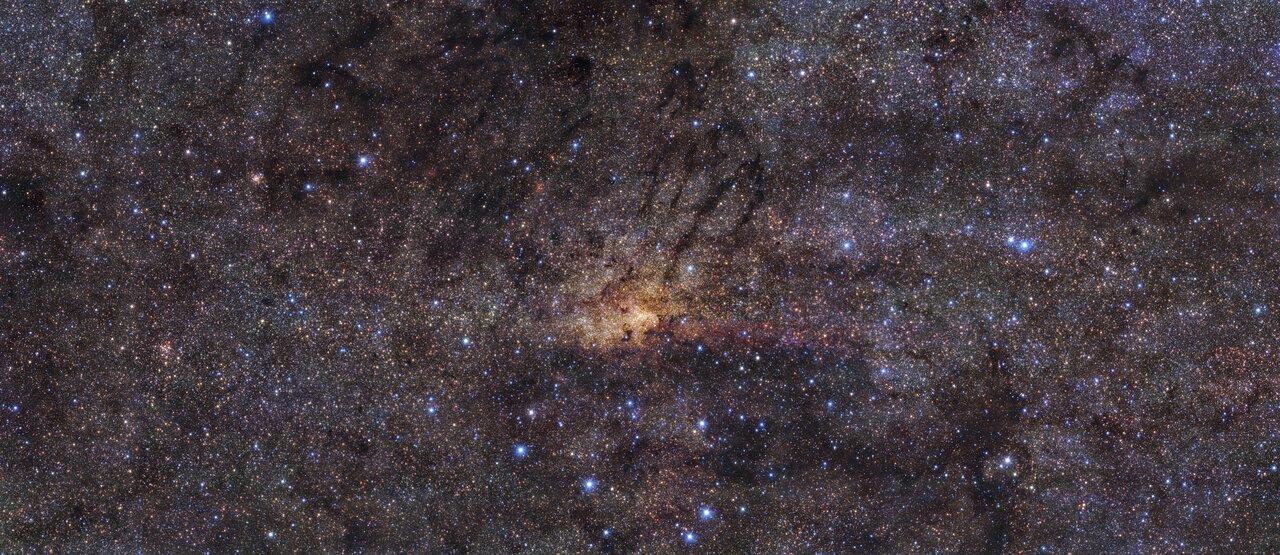
Thanks to the latest generation of sophisticated telescopes, astronomers are learning things a great deal about our Universe. The improved resolution and observational power of these instruments also allow astronomers to address previously unanswered questions. Many of these telescopes can be found in the Atacama Desert in Chile, where atmospheric interference is minimal and the cosmos can be seen with greater clarity.
It is here that the European Southern Observatory (ESO) maintains many observatories, not the least of which is the Paranal Observatory where the Very Large Telescope (VLT) resides. Recently, an international team of astronomers used the VLT to study the center of the Milky Way and observed evidence of ancient starbursts. These indicate that the central region of our galaxy experienced an intense period of star birth in the past.
Continue reading “100,000 Supernovae Exploded Near the Core of the Milky Way”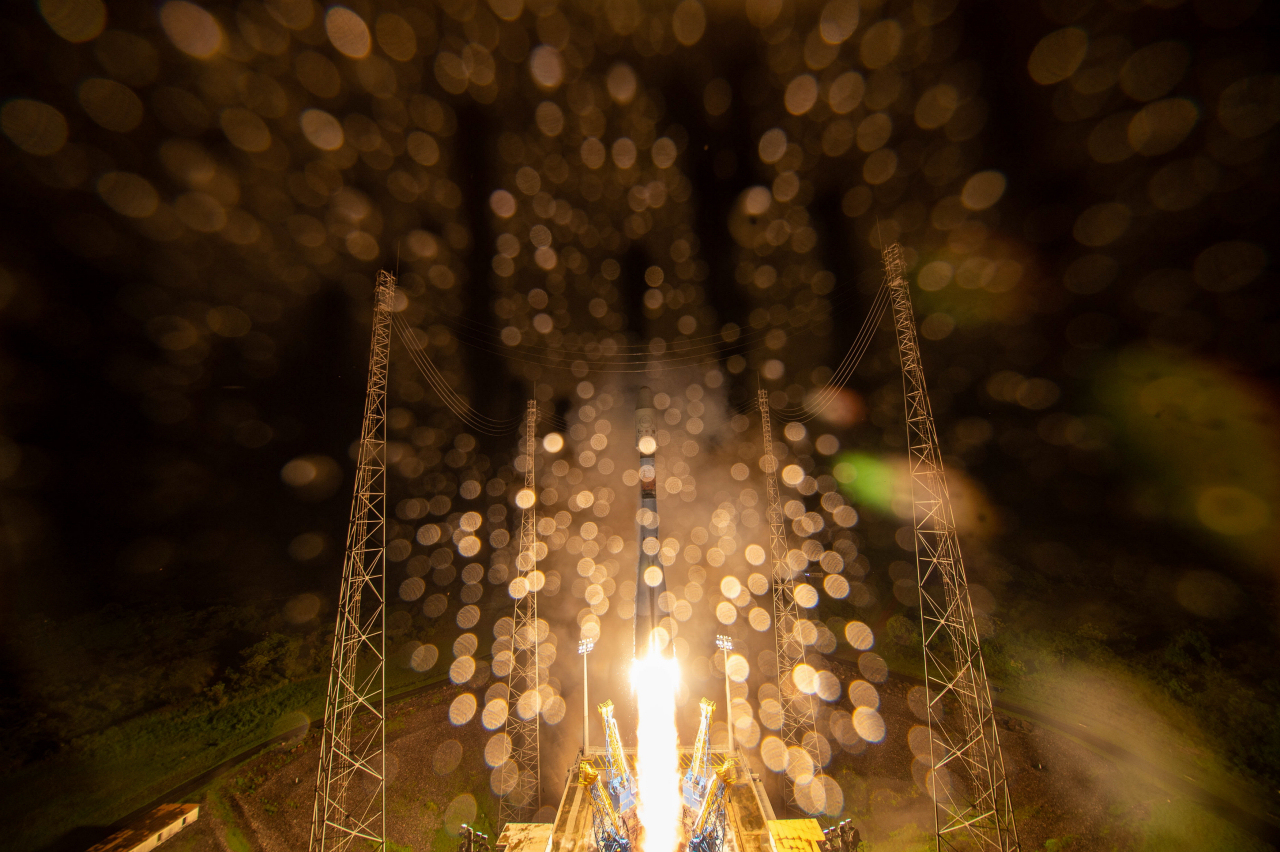
The CHEOPS mission is underway. On December 18th, the exoplanet-studying spacecraft launched from Europe’s Spaceport in Kourou, French Guiana aboard a Soyuz-Fregat rocket. Initial signals from CHEOPS show that the launch was a success.
Continue reading “ESA’s CHEOPS Just Launched. We’re About to Learn a LOT More About Exoplanets”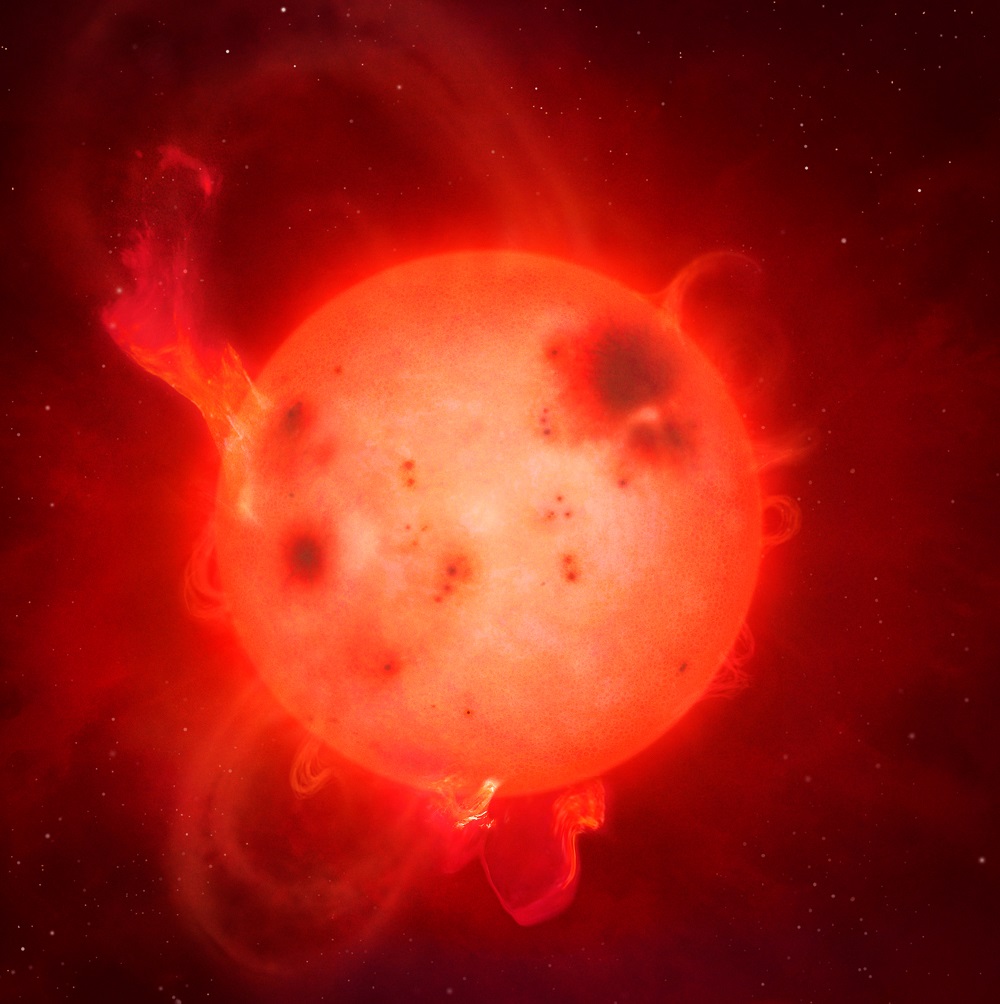
Earthlings are fortunate. Our planet has a robust magnetic shield. Without out magnetosphere, the Sun’s radiation would’ve probably ended life on Earth before it even got going. And our Sun is rather tame, in stellar terms.
What’s it like for exoplanets orbiting more active stars?
Continue reading “Without a Magnetosphere, Planets Orbiting Flare Stars Don’t Stand a Chance”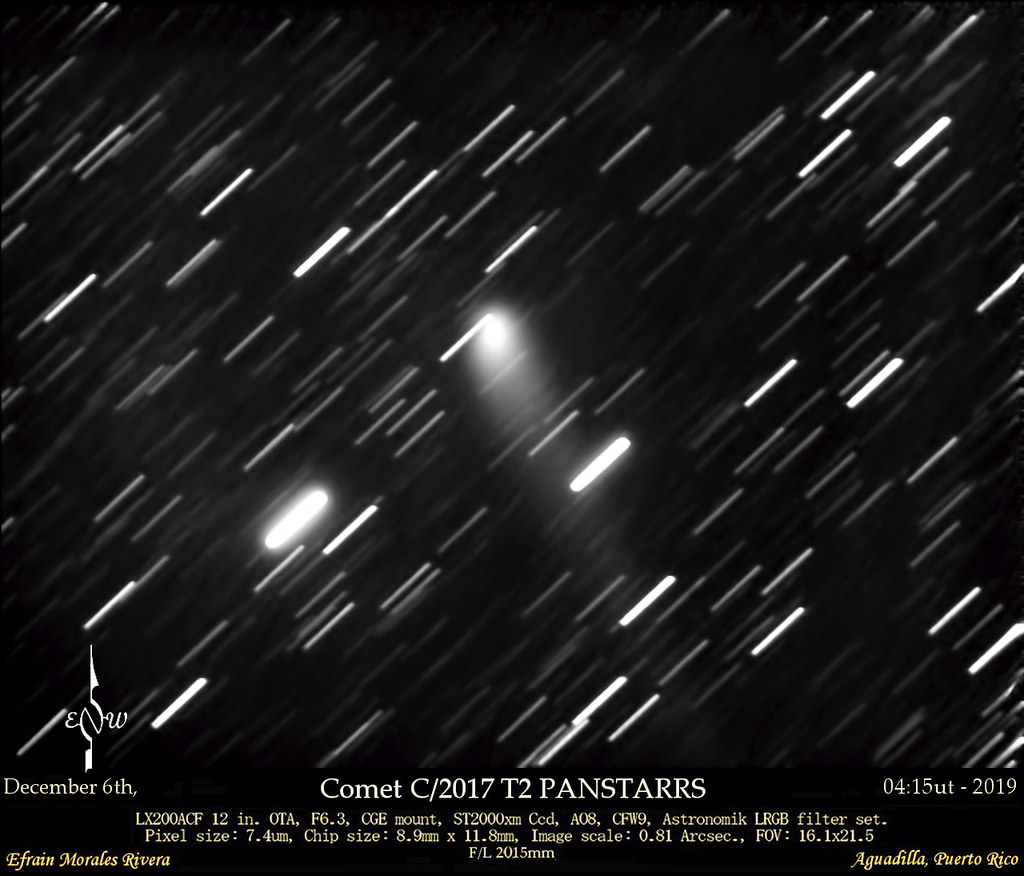
Looking forward to the next bright comet in 2020 or beyond? You’re not alone. Though we’ve had a steady string of decent binocular comets over the past few years, we haven’t had a good naked eye comet since W3 Lovejoy beat solar death during its blistering perihelion passage in 2011. But this survivor turned out to be bashful, and headed for southern hemisphere skies… Comet P1 McNaught followed suit in 2007, hiding from northern hemisphere observers at its best. And we all remember what happened to Comet S1 ISON—touted as the next great ‘Comet of the Century’ on U.S. Thanksgiving Day 2013. Here it is almost 2020, and you have to go allll the way back nearly a quarter of a century to Hale-Bopp and Hyakutake to remember just how brilliant a good naked eye comet can be.
Continue reading “Will Blanpain Perform? Comet Prospects for 2020”